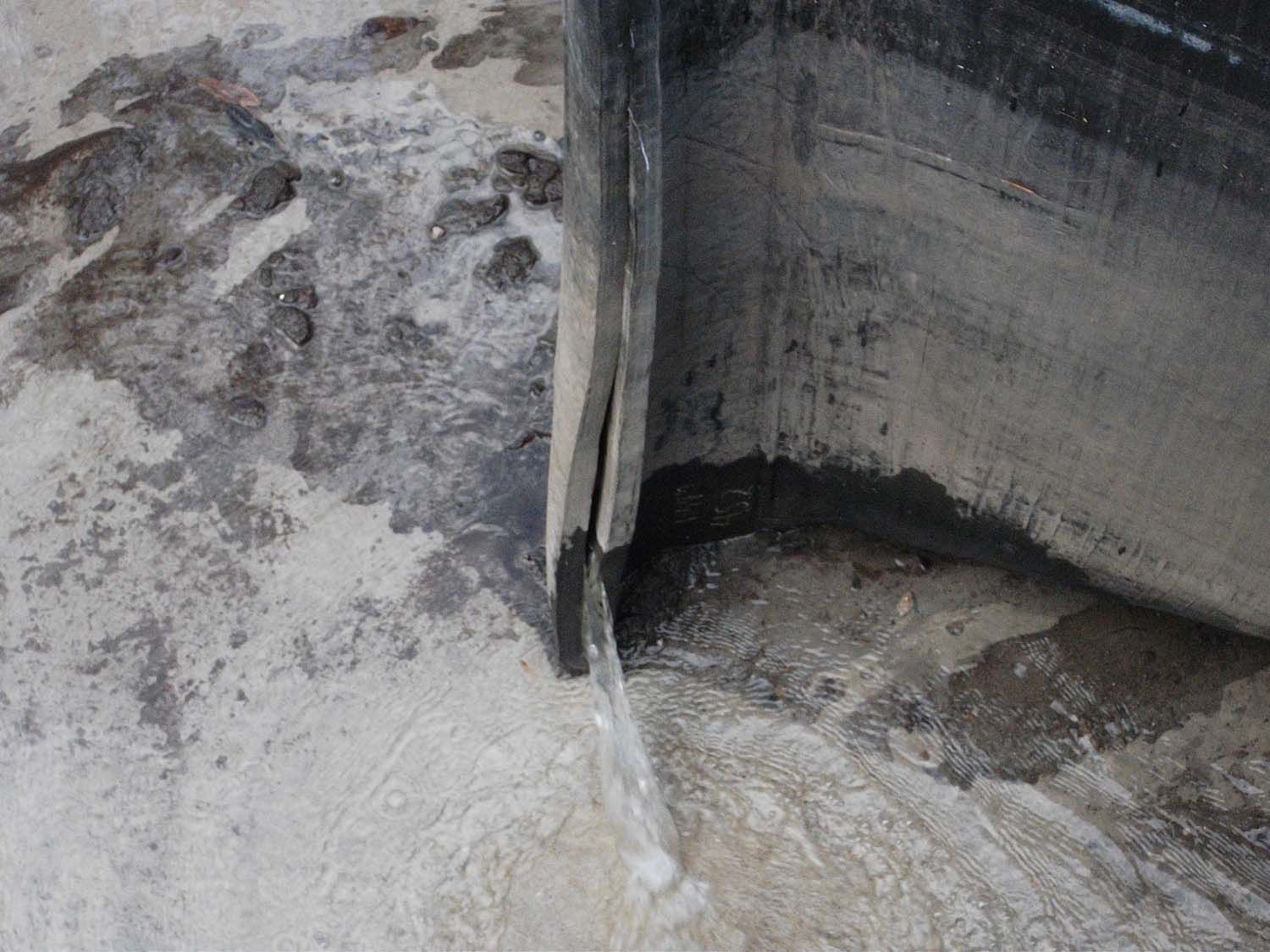
Tideflex check valves are manufactured from rubber and have a unique duckbill design. Tideflex valves' elastomer construction offer a unique combination of flexibility, durability and strength. This ensures their maintenance-free operation on outfalls along coasts, on beaches and on river banks. In situations where outfalls will encounter sand & silt, rocks and other debris, and are likely to to be at least partially buried some of the time, Tideflex duckbill valves are the most effective solution, especially in comparison to flap valves.
Key Features
Duckbill design - variable opening
Rubber construction - flexible, durable & strong
Experience - Tideflex Technologies are the original inventor and manufacturer of duckbill style check valves
Key Advantages
Self-clearing of debris so eliminate potential blockages
Do not warp, freeze or corrode so maintain long-term function
Low cracking pressure to eliminate standing water in the upstream system
Thirty years of proven field operation, research and development, and continued engineering enhancements
Key Benefits
Free draining - no upstream flooding issues
No maintenance - saving operational time and money
25+ years service life - long-term capital cost savings
Reliable, proven track record - no unpleasant surprises
How Do Tideflex Check Valves Work?
The rubber duckbill check valve is inherently a variable orifice device which changes its effective opening area with respect to the internal pressure and mass flowrate through the unit - i.e. line pressure gradually opens the valve to allow an increasing amount of water to flow out, and back pressure closes the valve with no external energy required. Due to the design of its rubber matrix, the Tideflex check valve has an extremely low cracking pressure.

Tideflex check valves are free draining